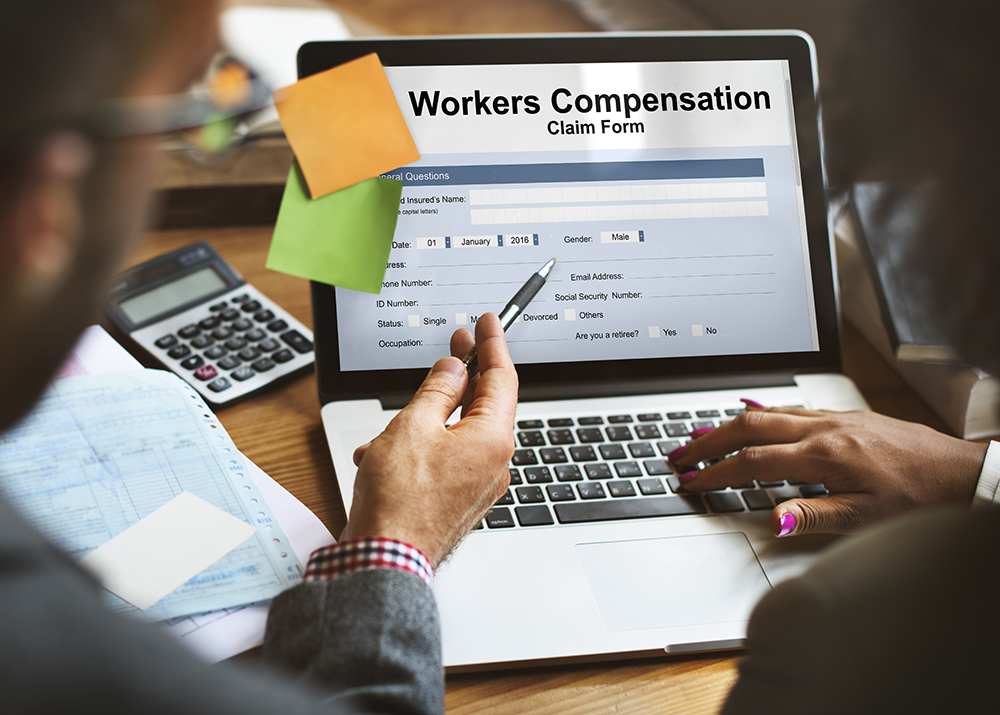Barbara operates a floral shop and her CPA recently suggested she switch from the cash method of accounting to the accrual method and she doesn’t understand the difference between the two methods.
The cash method of accounting is the most common way to maintain financial records for small businesses. Under this method, all transactions are recorded based upon when cash changes hand. Revenue is recorded when you get paid and expenses are recorded when you pay them.
As businesses get larger, switching to the accrual method provides a better long-term view of the company’s financial situation. It shows how much money is earned and spent, regardless of when cash changes hands. If you complete work for a client in February but aren’t paid until July, you’ll record the revenue in February.
Although either method is generally acceptable, many banks will require financial statements using the accrual method when considering a loan application, as will most potential investors. And the IRS requires using the accrual method for certain businesses with inventory and most companies with revenue greater than $25 million per year.




